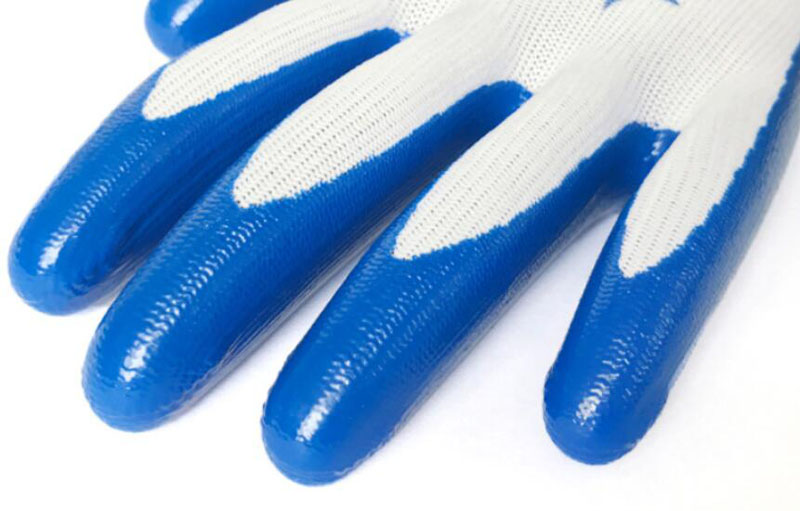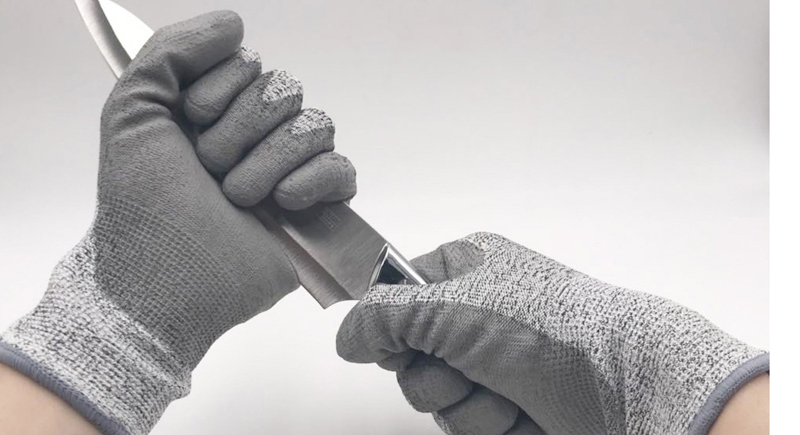Cognize characteristics of dipping materials of protective gl
Author:Gloves Addtime:2022-11-23 14:13:54 Click:
Nitrile (NBR): Nitrile can be applied to knitted and stitched gloves by screen printing, foam coating and dipping. It provides excellent mechanical properties (wear-resistance, cut-resistance, tear-resistance, puncture-resistance), soft and elastic to fit comfortably. Material has good grip, and the grip of
nylon nitrile coated gloves can be further enhanced by foaming nitrile during impregnation process. This process creates open surface texture and better surface properties, which increase the ability of glove to grip wet grease objects. Nitrile also is ideal for using at high temperatures, because it does not melt even at very high temperatures, which avoid product contamination.

Polyurethane (PU): Polyurethane is the toughest mainstream polymer coating material with unmatched mechanical properties against wear, cutting, tearing and puncture. Therefore Polyurethanes are ideally suited for the production of
cut-resistant gloves, its superior mechanical properties complement the high-quality fibers of knitted gloves. Moreover, Polyurethane can provide the same level of protection even if the coating is much thinner than other materials, because it is particularly tough. Therefore, polyurethane is the best choice for some applications that require good touch.
Dimer: Dimer is a mixture of nitrile and polyurethane. It combines the best properties of two polymers to provide excellent mechanical properties such as excellent resistance to cutting, abrasion, tearing and puncture, as well as good grip, softness and elasticity.
Polyvinyl Chloride (PVC): For nearly 10 years, PVC has become a very popular material for producing inexpensive dipped coated gloves. In recent years, it has gradually been recognized as a compelling choice for producing palm coated gloves. The foam-coated gloves made of PVC have good grip for wet and dry objects, their mechanical properties are not a halfpenny the worse compare to nitrile and polyurethane gloves.
Micro-Finish nitrile material: Micro-polishing is an innovative high-grip glove polishing technique. The micro-polishing technique is divided into two stages. First, the
water resistant gloves is coated with waterproof nitrile coating, and then a second layer of nitrile coating is applied to form thousands of tiny pore textures, which can not only can remove grease and other liquidson the surface, but also can provide safe and reliable grip. Micro-finish materials not only have better grip performance than foam-polished materials, but nitrile material also has excellent mechanical resistance to abrasion, cutting, tearing and puncture.
Natural rubber (latex): Natural rubber has been one popular material for producing glove coatings for many years. In general, due to adopting polishing technology, natural rubber can provide slightly thicker coating, giving protective gloves excellent grip and mechanical protection. However, the latex component of natural rubber can cause allergic reactions in some individuals.

